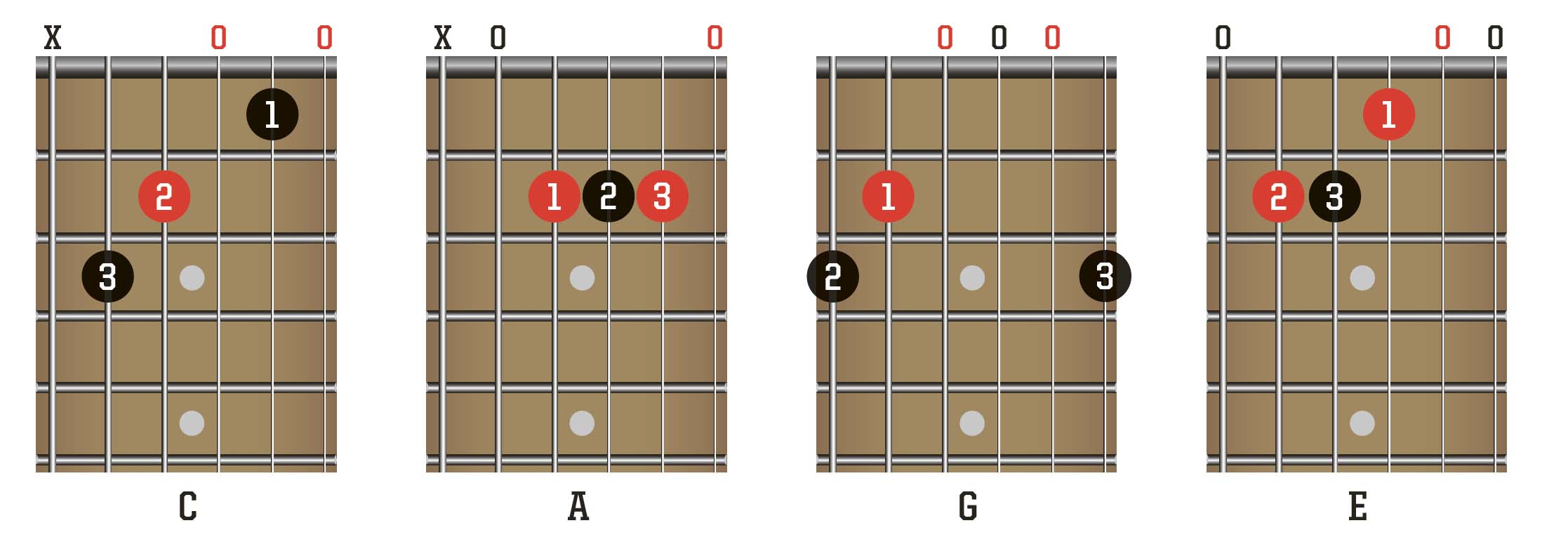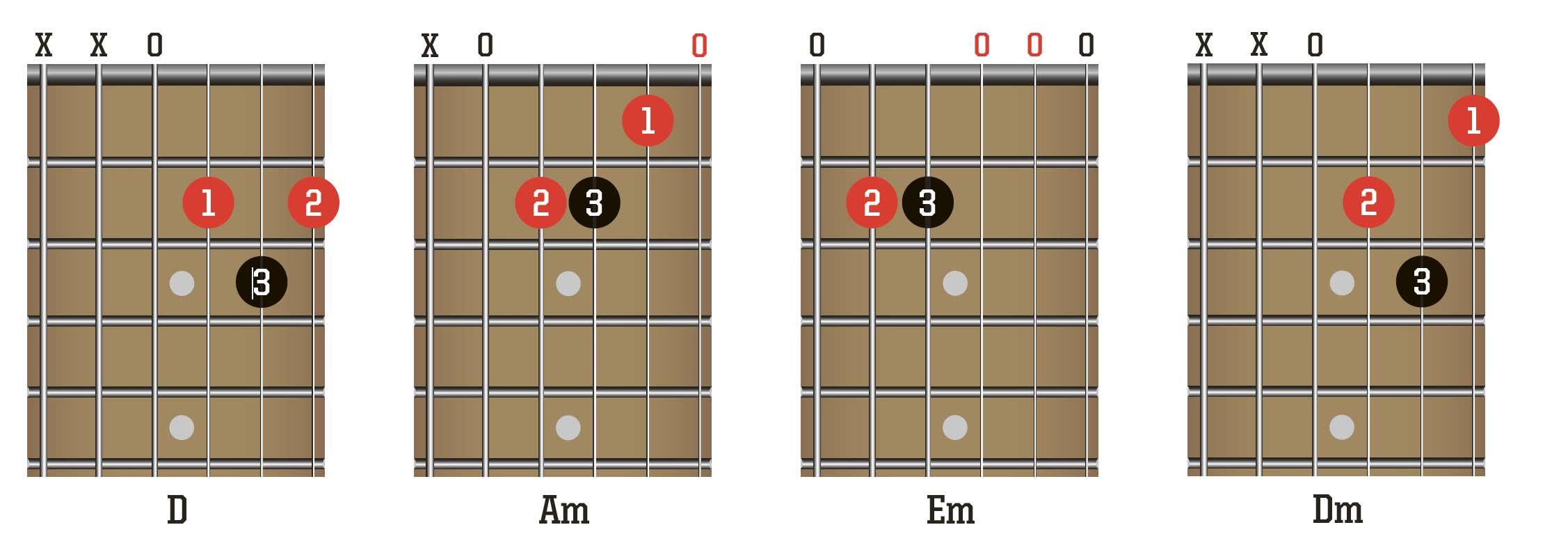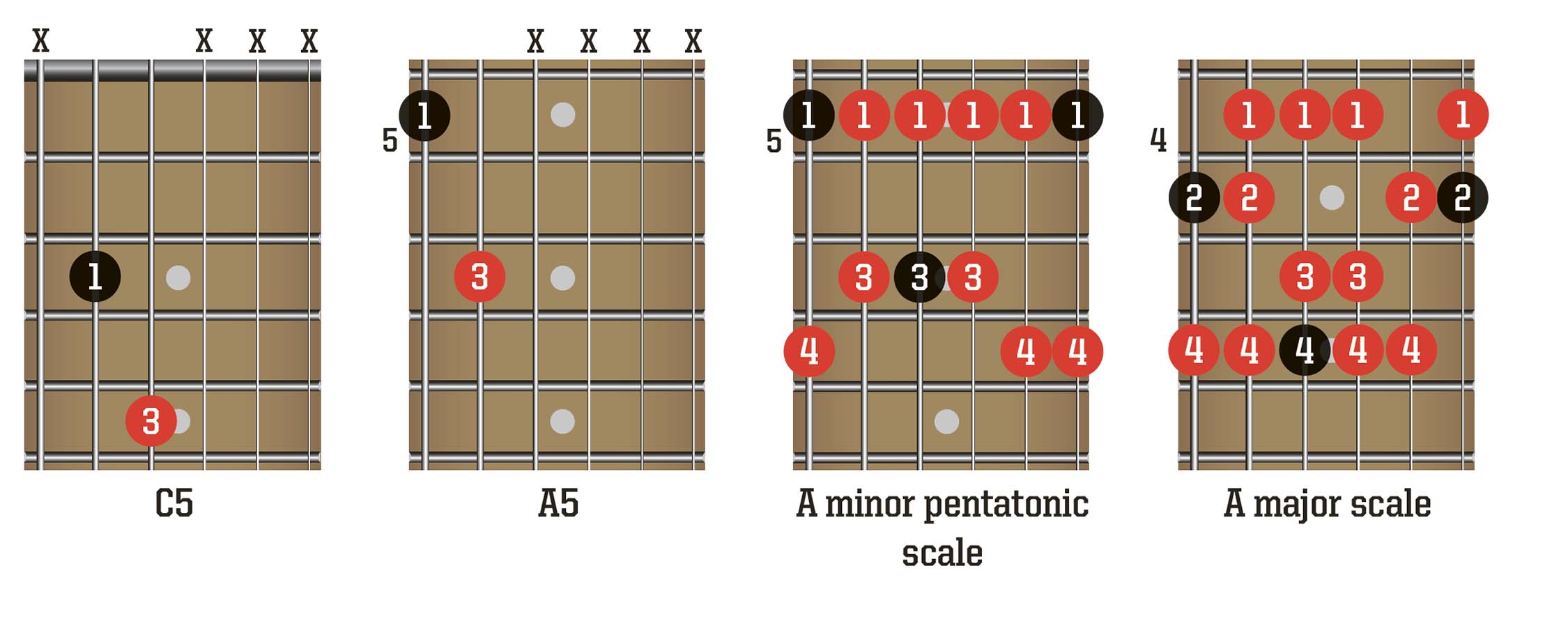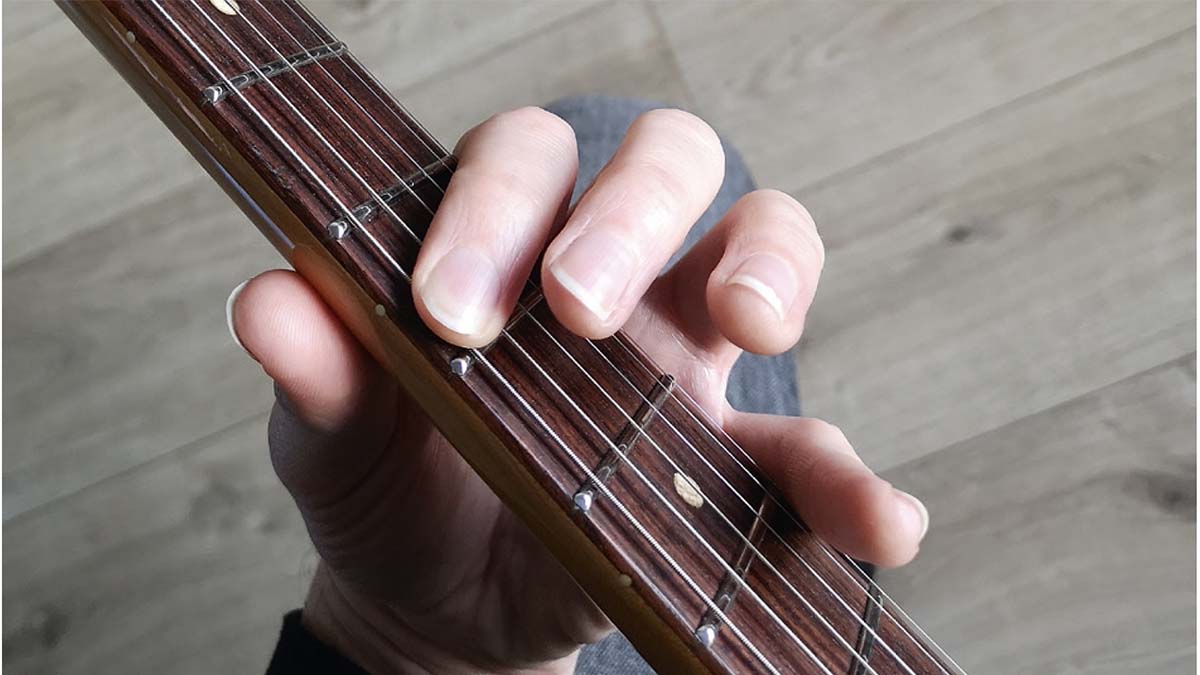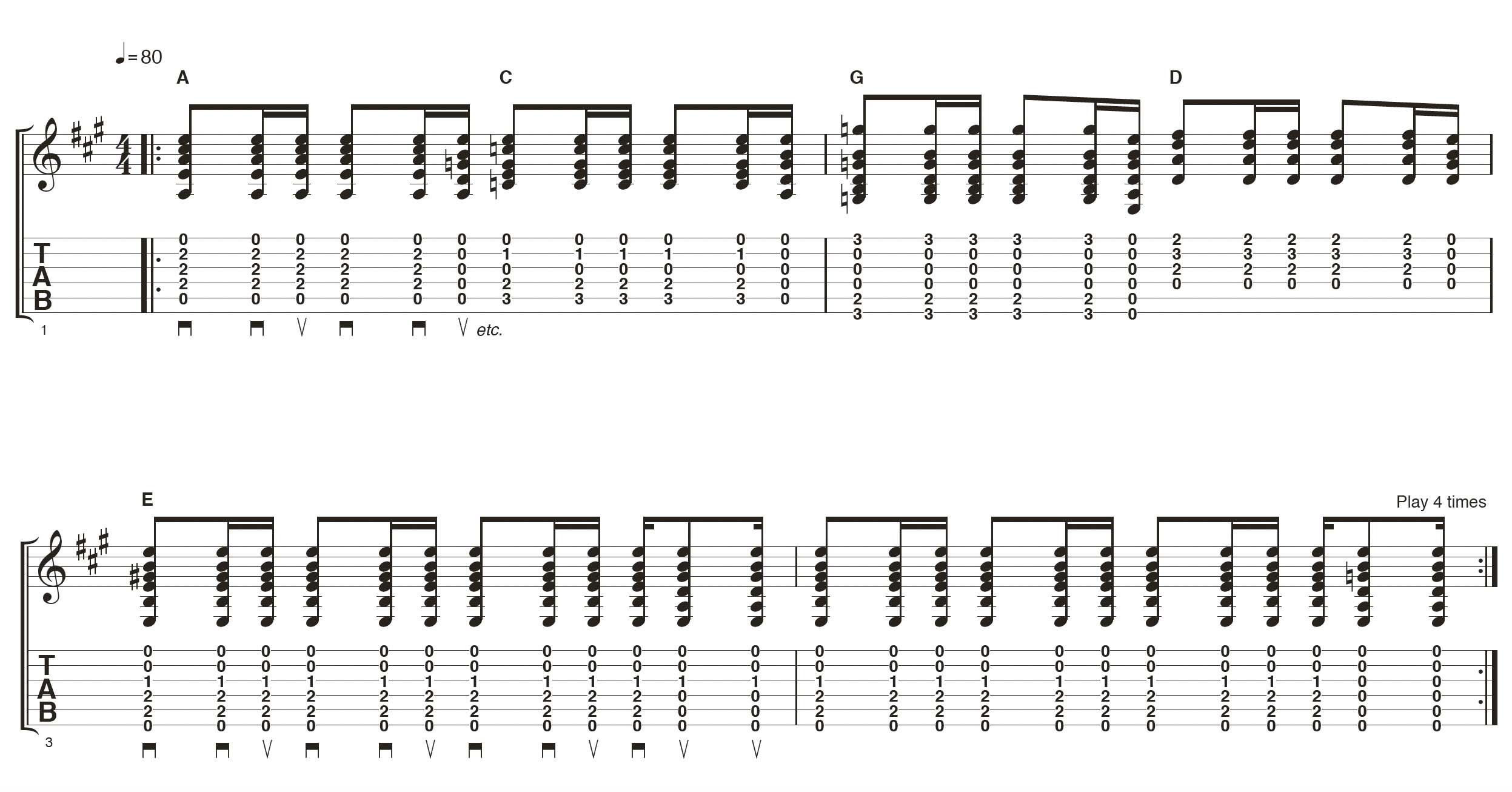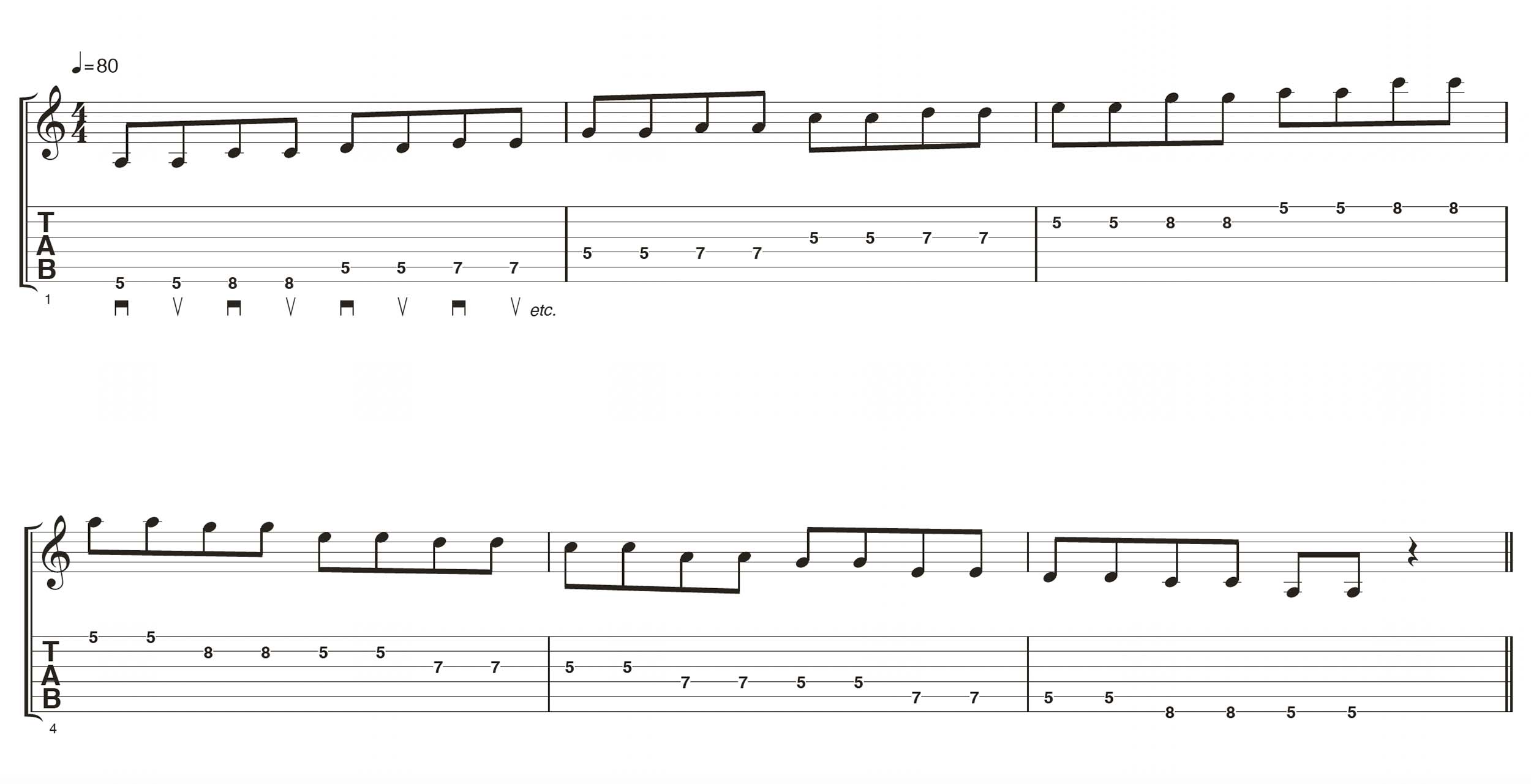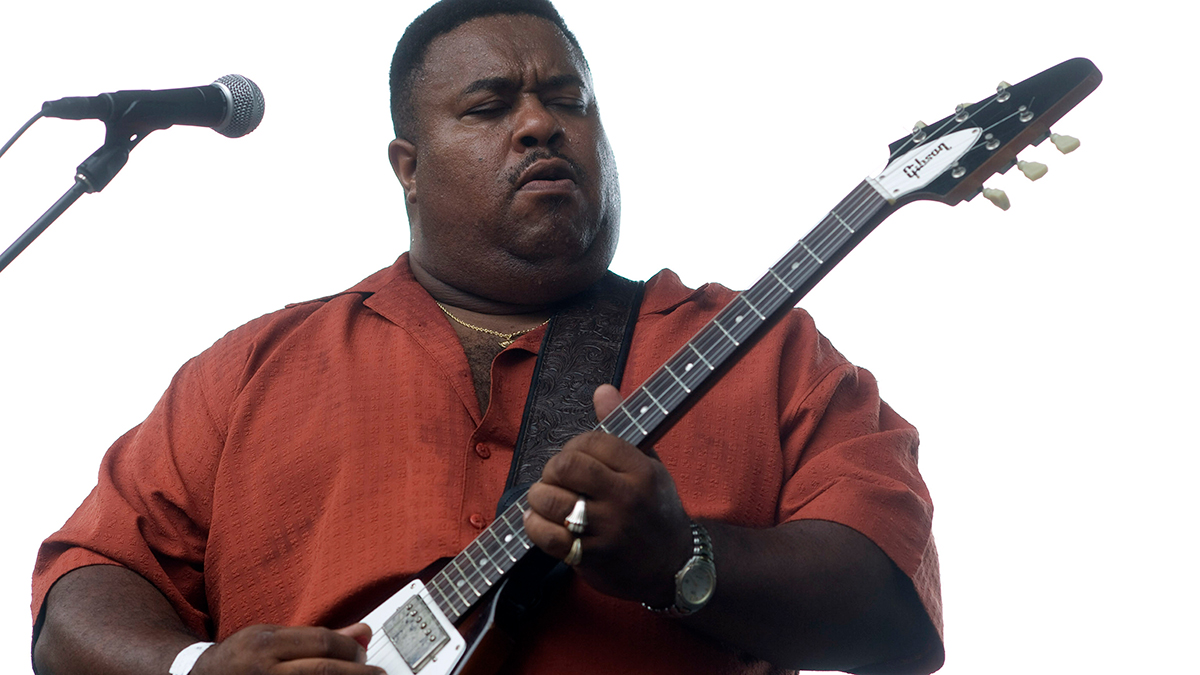10 things every beginner guitarist needs to know
Chords and scales, rhythm and lead: these core skills set you up for success in any style

Nobody ever finishes learning the guitar. You could be a master classical guitarist and a novice at blues; or you might be a virtuoso with a guitar pick but uncertain with fingerstyle. Yet some essential skills let you play in a huge variety of situations. Get these down and you’ve completed your guitar apprenticeship.
Here, we break down those essential skills to get you quickly on the road to guitar mastery – the 10 things every beginner guitarist needs to know. We’re taking a look at the chords and scales that form essential learning, and we’ve provided some exercises for you to try out.
Treat each exercise as something to build up to – and if an example is too tough to play at first, break it down into shorter ‘phrases’ and gradually piece it together as you improve. And why not try recording yourself playing our riffs and licks, too? It’s a great way to track your progress.
- Learn how to play guitar chords for beginners
- Also check out our guide to singing and playing guitar at the same time
- Explore the best acoustic guitars for beginners
- Our pick of the best guitars for kids
1. Learn your amp
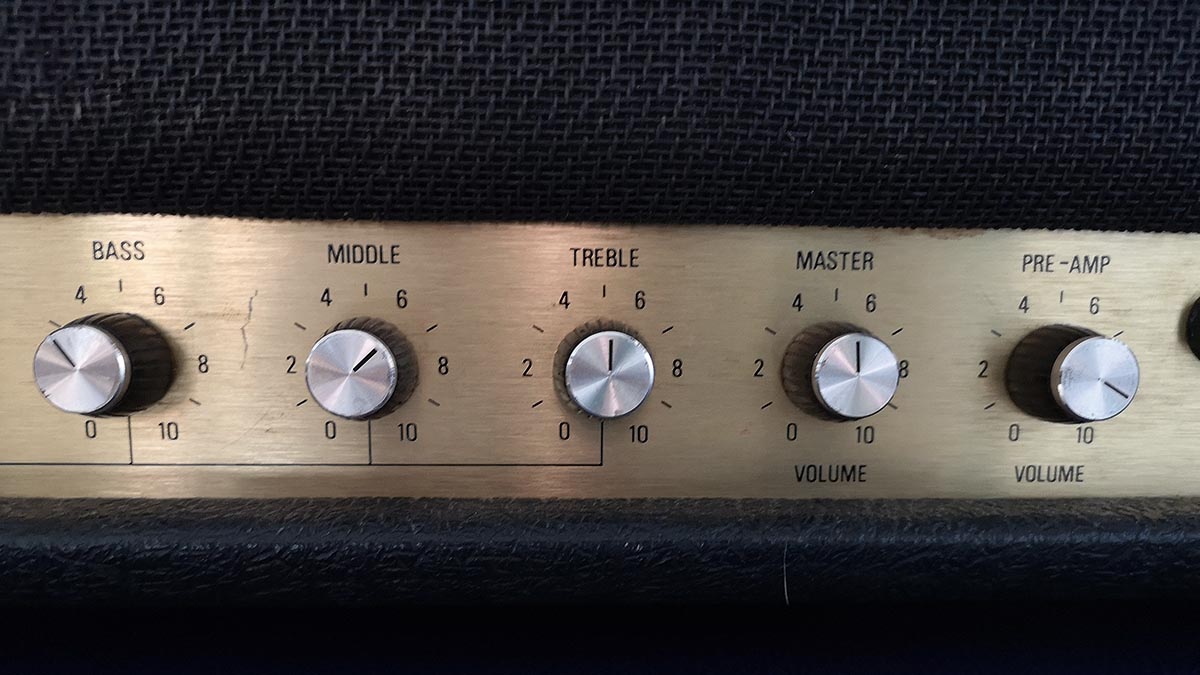
Unsure how to set your guitar amp? Start with treble, middle, and bass at 12 o’clock. Try turning bass to zero and then to maximum, and listen to the differences. Put it back to 12 o’clock and repeat with the middle and treble knobs. Try it with various gain settings and listen to how the amp behaves.
If possible, crank the master volume. The same settings sound different and the guitar feels different at high volume. These settings are only ever suggestions: even if we all had the same gear, every room sounds different. Try playing in your bedroom, bathroom, and garage and see how much the tone changes.

2. Tune up by ear
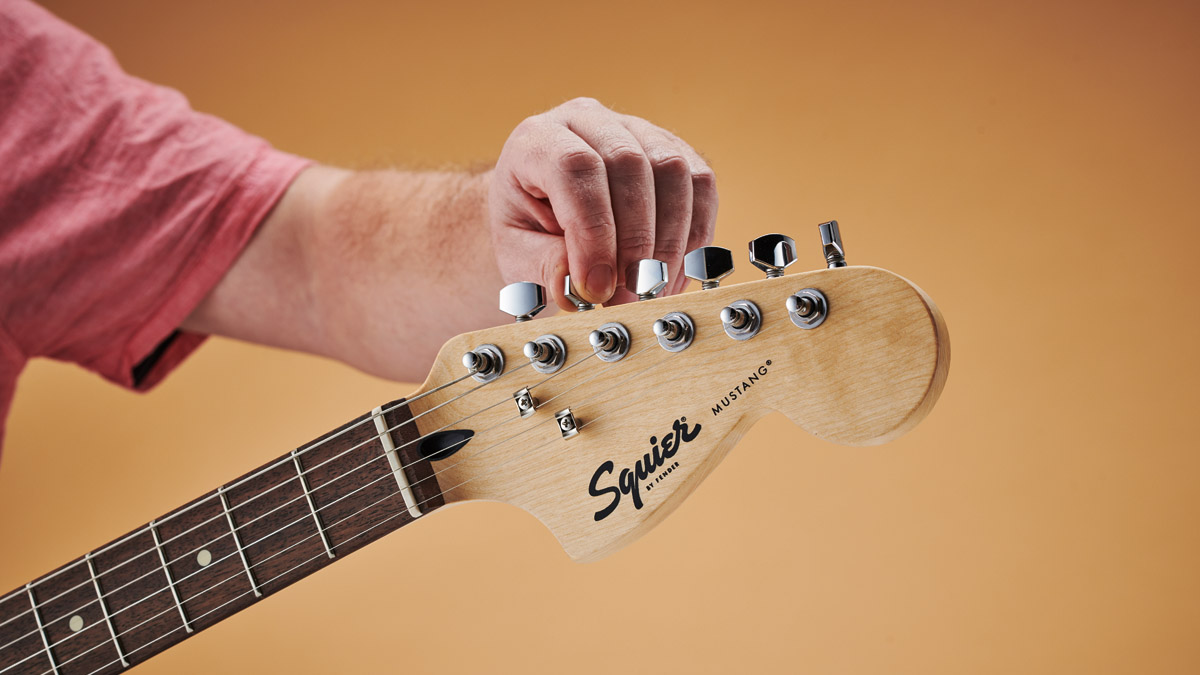
Everyone needs an electronic guitar tuner, but you should still learn to tune by ear to train your sense of pitch. While tuning, you might get confused whether a note is flat or sharp. If that happens, loosen the string so it’s definitely flat, and tune back up.
This will ‘reset’ your ear so it’s easier to hear the right pitch. Some machineheads also work more efficiently when tuning up rather than down, so the guitar stays in tune better.
All the latest guitar news, interviews, lessons, reviews, deals and more, direct to your inbox!
See our guide on how to tune a guitar for more info.
3. Essential chords and scales
The 10 chord shapes shown below are the most important ones you need to know. Many more advanced chords are related to these shapes in some way. And if you only ever learn two scales, learn these.
The minor pentatonic scale is probably the most commonly used shape in lead guitar, and the major scale is the basis for most music theory.
4. Finger positioning
Correct fretting
Aim to fret with your fingertips close to the frets, but not on top of the metal.
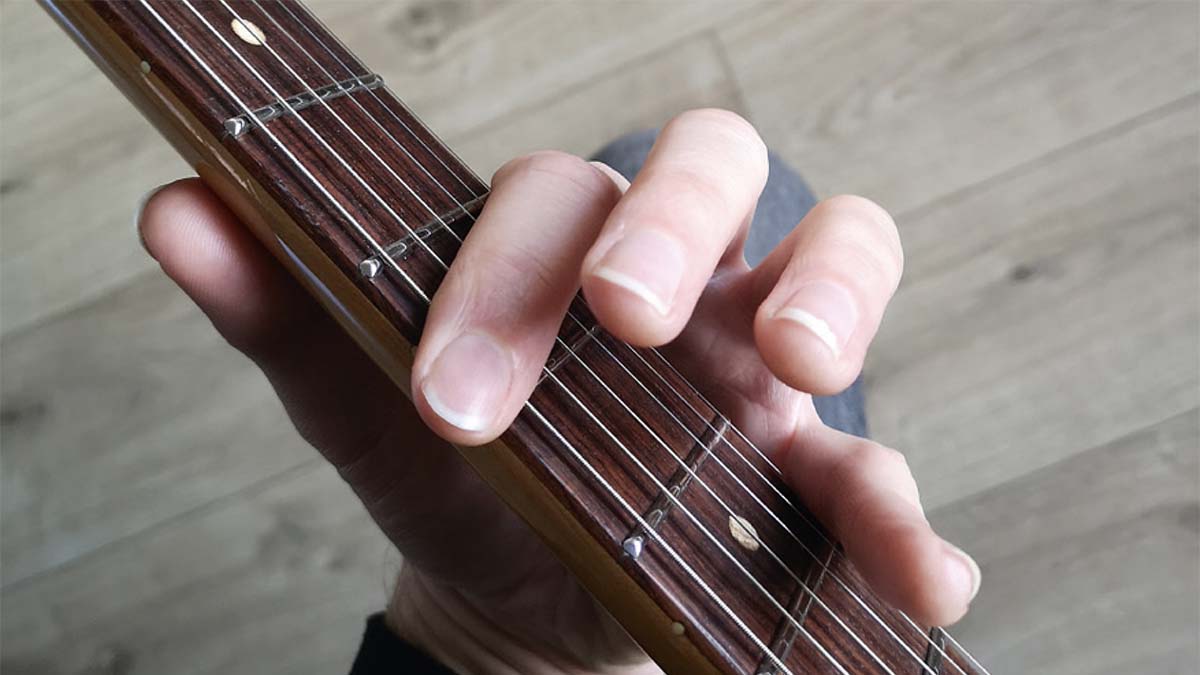
Incorrect fretting
Fretting inaccurately will cause fret buzz or even sound the wrong note!
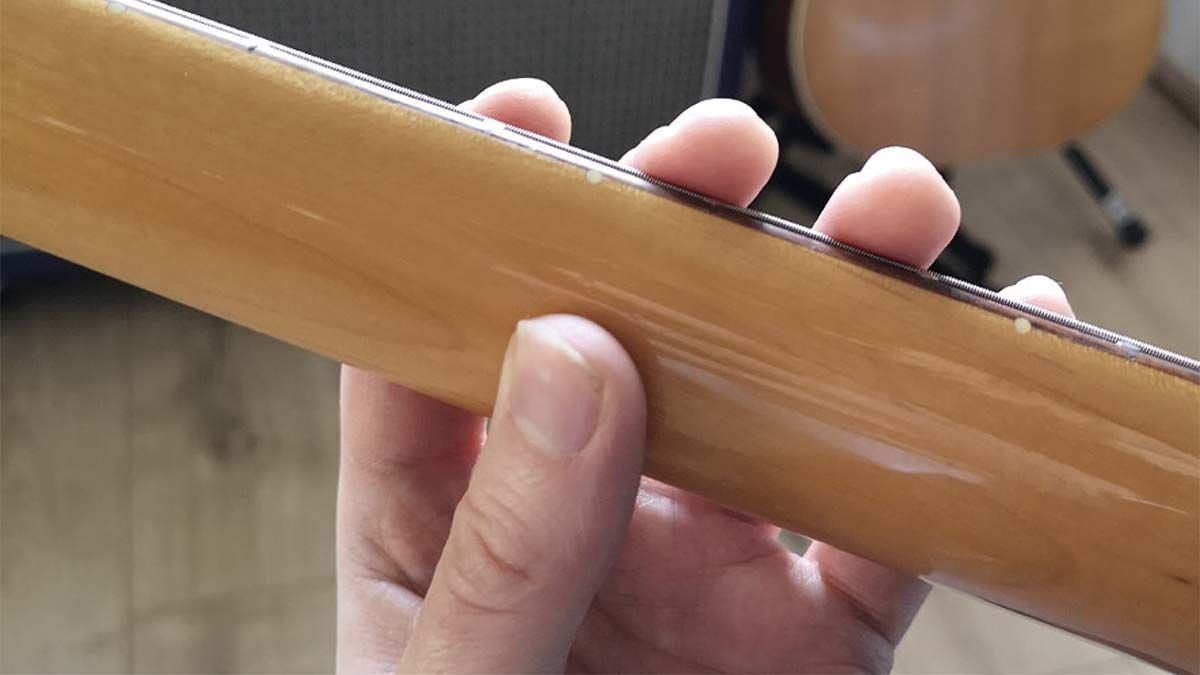
Thumb position
This position allows maximum stretch for one-finger-per-fret scale shapes.
5. Open chord strumming
Wondering how pro guitarists change chords at lightspeed? They cheat! Throwing in one or more strums of open strings just before a change buys time to prepare the next shape.
In the tab, there’s one strum of open strings before most changes, but if you need longer just move your fretting hand earlier while you keep strumming.
6. Minor pentatonic alternate picking
For lead guitar, down-up style ‘alternate’ picking is the most efficient way to play: follow every downstroke of the pick with an upstroke so you’re plucking the string every time the pick passes it.
Once you’ve mastered two pickstrokes per fretted note, as tabbed, you can also try three, four, or one.
7. Hammer-ons and bends
Your hammer-ons should be in time and about the same volume as the picked notes. The bends need to be exactly in tune. You’ll be able to tell if you do it right, because the first picked note after each bend should be exactly the same pitch as the bent note.
8. Major scale descending sequence
To improvise confidently, you need to know your scales inside-out. This exercise increases familiarity with the shape as well as being a useable lick. Pick with all downstrokes at first, but it can also be an advanced alternate picking workout.
9. Shifting powerchords
Moving cleanly between powerchords is about muting. The gaps between stabs should be silent, so drop your picking hand gently onto the strings to mute them. For the slide, keep pressing into the strings as you shift the chord shape up two frets.
10. Changing between barre chords
Playing only on beats 2 and 4 like this is a classic soul guitar trick. To get the timing, listen for the snare drum and sync up with it. Use the rests to prepare the next chord shape. Soul greats like Steve Cropper often only strum three strings from within these shapes.
Jenna writes for Total Guitar and Guitar World, and is the former classic rock columnist for Guitar Techniques. She studied with Guthrie Govan at BIMM, and has taught guitar for 15 years. She's toured in 10 countries and played on a Top 10 album (in Sweden).
